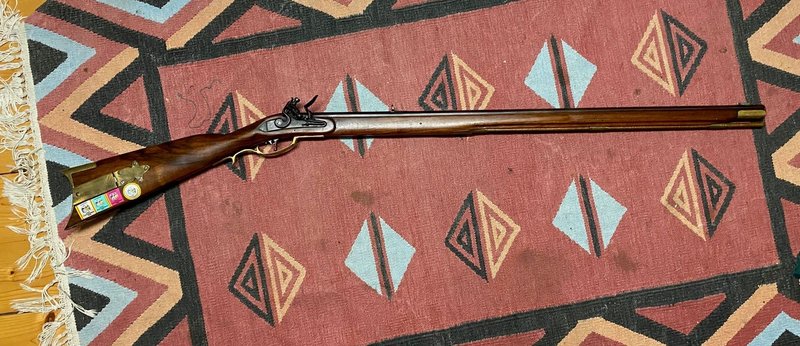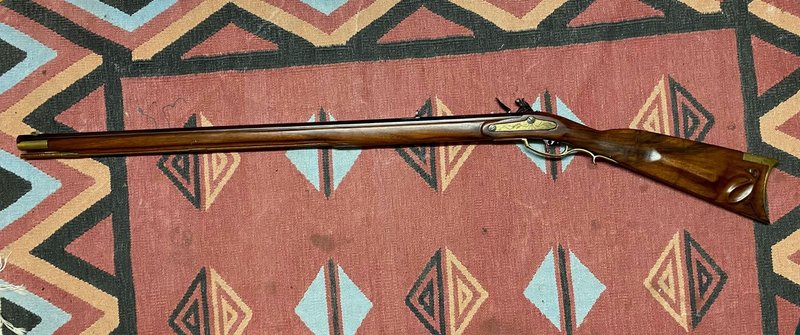Anyone have experience with the RE Davis copy of the Manton? RE Davis Company | "Late English" FlintlockAll of this is just my opinion. Take it or leave it... Very few understand what a quality lock is. This enables companies that make sub-par products to survive. If you don't understand quality yourself, take advice from the very best.
I can't believe lock quality is as bad as it is and most don't realize it.
Jim
And I need to say that price is not a consideration. I see that Kibler's locks are CNC from stock, and nothing is made better than that process. I would buy a lock from Kibler yesterday, IF it had the look I am after: The Manton waterproof pan




















